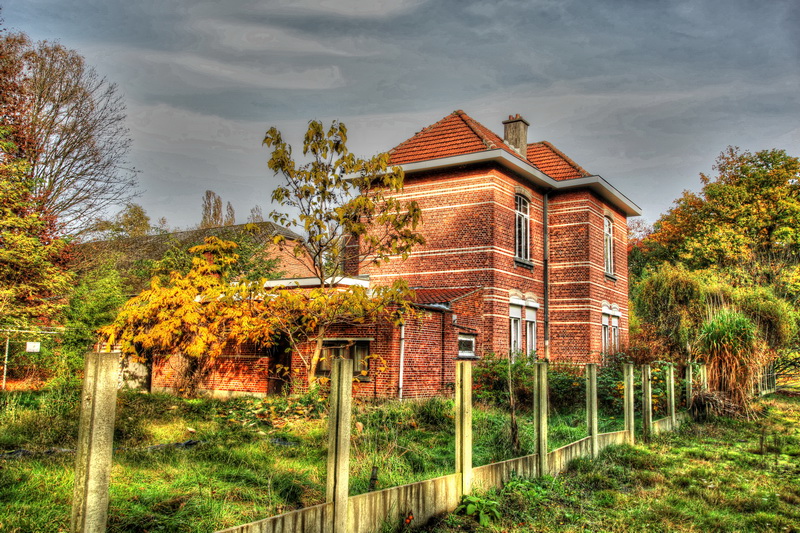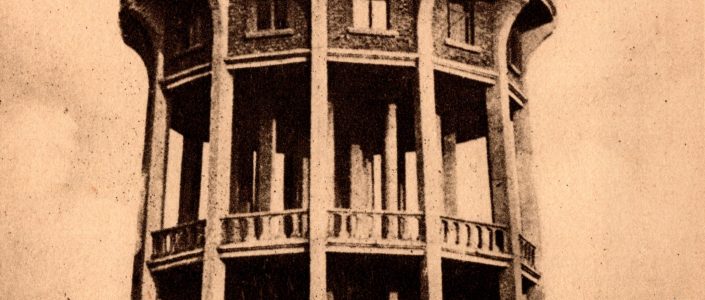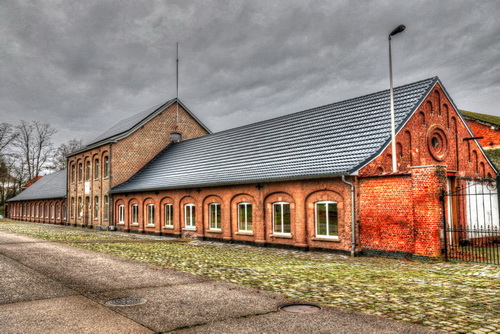Old Military Slaughterhouse
The complex of the military slaughterhouse was built in the typical Dutch style, as several other buildings in the camp. In the course of the years, the complex was developed. Before the war it consisted of two buildings: the actual slaughterhouse, built in 1850, and a pig farm, built in 1913. The…










